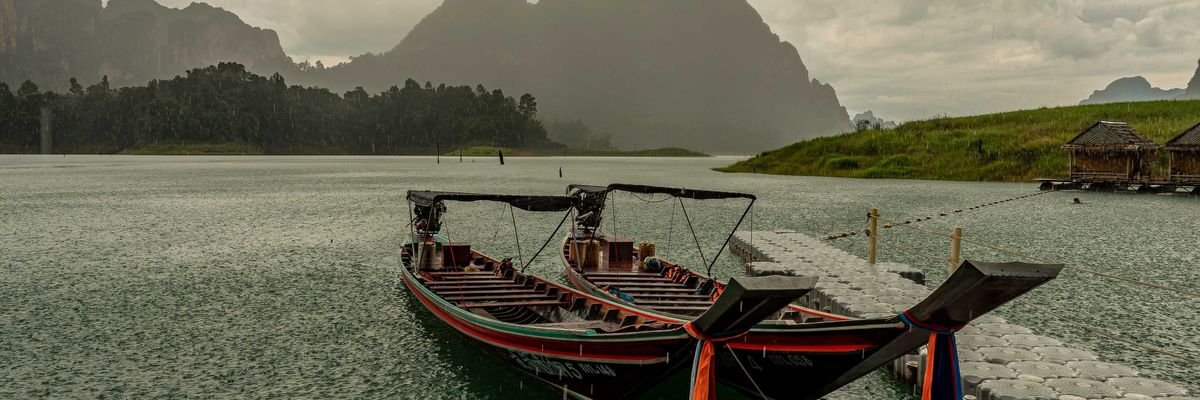pipeline safety
New pipelines spotlight flawed safety oversight
A growing network of pipelines faces scrutiny as inadequate regulatory oversight leaves safety in the hands of companies, risking both public and environmental safety.
In short:
- Despite inspectors flagging unstable construction conditions, the Revolution ethane pipeline continued until a landslide caused an explosion in Pennsylvania in 2018.
- Federal oversight agencies rely heavily on company-funded private inspectors, whose warnings are often disregarded or downplayed.
- Expansion in oil, gas, and carbon dioxide pipelines continues with insufficient regulatory resources to ensure proper safety standards.
Key quote:
"No industry is going to police itself very well. We need an independent regulator to be the one that does that."
— Bill Caram, executive director of the Pipeline Safety Trust
Why this matters:
The pipeline industry's self-regulation risks health and environmental safety, as insufficient oversight can lead to explosions, leaks, and toxic emissions. Read more: How Native tribes, hell-raisers and lawyers have combined to battle pipeline projects.
Pipeline safety debate heats up in Congress amid continuing incidents
More than a decade after major pipeline safety reforms, U.S. Congress remains divided on the need for increased oversight amidst persistent safety incidents.
In short:
- Despite significant pipeline safety laws, 2022 saw 265 major incidents, mirroring numbers from 2010.
- The U.S. Pipeline and Hazardous Materials Safety Administration (PHMSA) faces challenges with underfunding and increased pipeline volume, impacting effective regulation.
- Bipartisan efforts aim to increase PHMSA funding, but disagreements persist over the extent and focus of regulations.
Key quote:
"The volume of assets that PHMSA is overseeing has greatly increased and it will increase further as a result of the tens of billions of dollars being invested in the build out of hydrogen and (carbon capture) infrastructure."
— PHMSA Spokesperson
Visit EHN's energy section for more top news about energy, climate and health.
Congress at odds over pipeline safety funding as ruptures continue
Pipeline expansion outpaces US safety agency’s capacity
Rapid growth in the pipeline industry has outstripped the Pipelines and Hazardous Materials Safety Administration's ability to ensure system safety.
In short:
- The U.S. has seen significant growth in pipeline miles for natural gas and oil, but safety oversight hasn't kept pace.
- Funding for the Pipelines and Hazardous Materials Safety Administration hasn't increased despite the expanded network.
- The need for more safety inspectors is urgent as pipeline expansion continues.
Still concerned about the Dakota Access pipeline? The feds are asking for comment, 7 years later
Environmental group says DEP is stonewalling it amid search for answers about plant explosion
Rush to build carbon pipeline leaps ahead of federal rules and safety standards
In a nutshell:
With the fossil fuel industry doing battle on multiple fronts to protect their privileged position and preserve dominance in a "low-carbon" energy future, industry is doubling down on efforts to establish a network of pipelines devoted to largely untested carbon capture and storage technology. This includes a novel and potentially risky dive into converting existing natural gas pipelines to carry carbon dioxide.
Key quote:
“This stuff can kill,” said Richard Kuprewicz, an independent consultant and pipeline safety expert. “I don’t say that to scare anybody. I just say that to say, you have to think this through.”
Big picture:
According to the Pipeline and Hazardous Materials Safety Administration (PHMSA), updated rules to cover such pipelines are lacking and currently being rewritten with proposed regulations expected next year. In the absence of guardrails for gaseous CO2 and massive funds up for grabs, companies are rushing to gain regulatory advantage by exploiting existing loopholes before they vanish. In many cases CCS projects, at least in their planning stages, are being designed to follow the path of least political resistance — the economically disadvantaged, Indigenous groups and communities of color.









